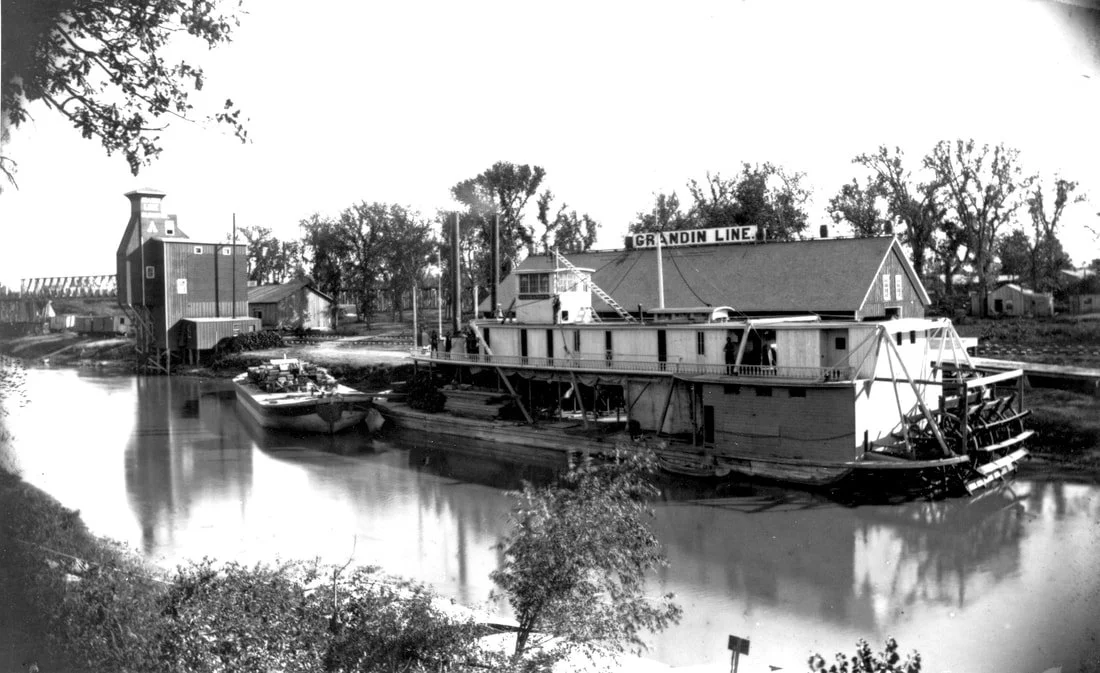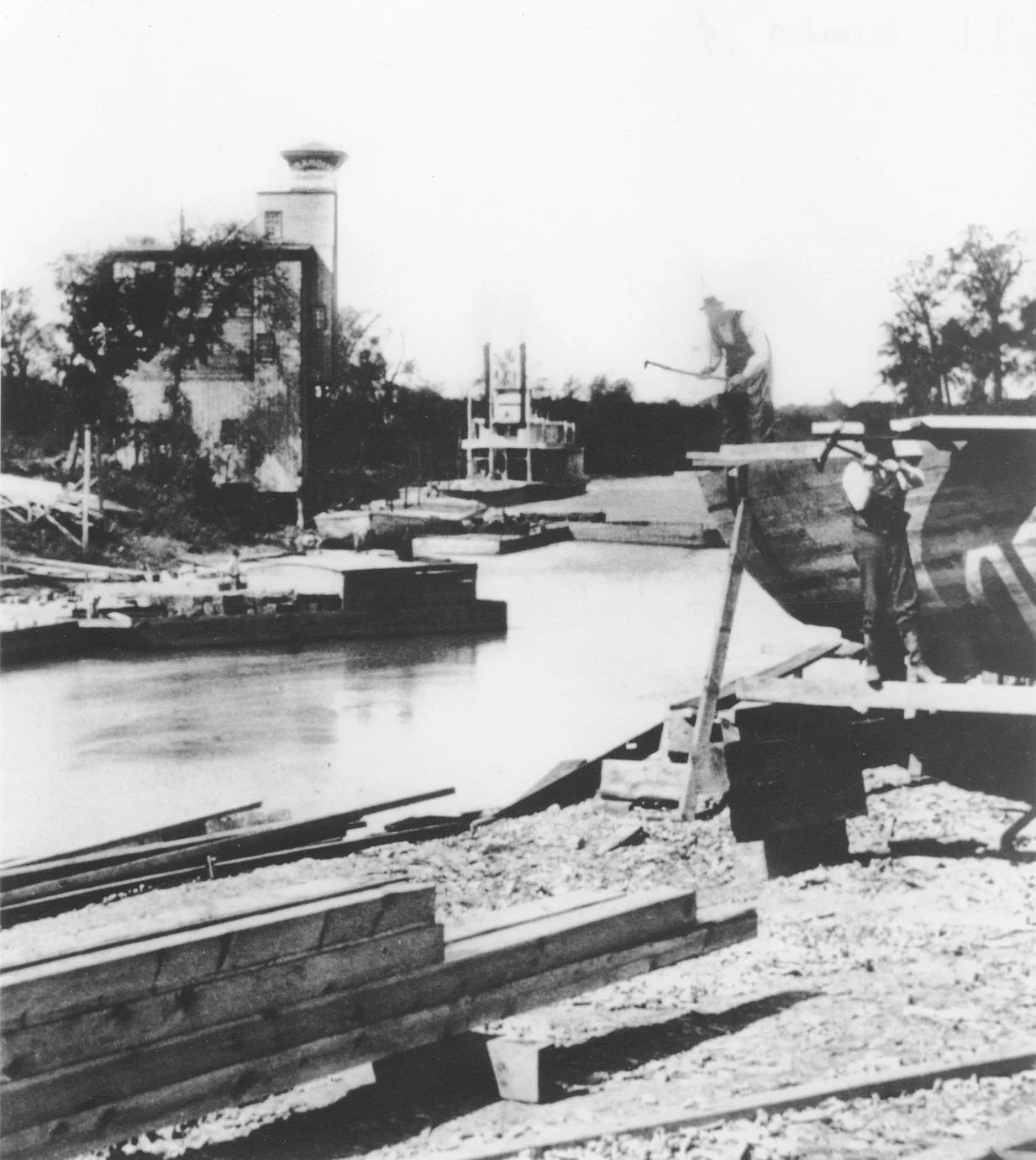North Dakota
The Grandin Brothers, John L., William J., and Elijah B. Grandin made their fortunes in Tidioute, Pennsylvania first in oil in 1859, and then in banking in 1868. The Grandin Brothers Bank used Jay Cooke & Company as one of their bank's depositories. But, in 1873 Cooke & Company went bankrupt. Cooke was a principal financier of the Northern Pacific Railway, who held bonds with certain purchasing rights to government land grants in the Dakota Territory. The Grandin Brothers decided to accept these bonds as collateral on the money owed them.
The Grandin Brothers, John L., William J., and Elijah B. Grandin made their fortunes in Tidioute, Pennsylvania first in oil in 1859, and then in banking in 1868. The Grandin Brothers Bank used Jay Cooke & Company as one of their bank's depositories.




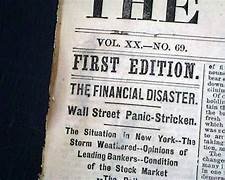
But, in 1873 Cooke & Company went bankrupt. Cooke was a principal financier of the Northern Pacific Railway, who held bonds with certain purchasing rights to government land grants in the Dakota Territory. The Grandin Brothers decided to accept these bonds as collateral on the money owed them.
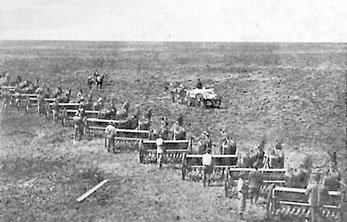
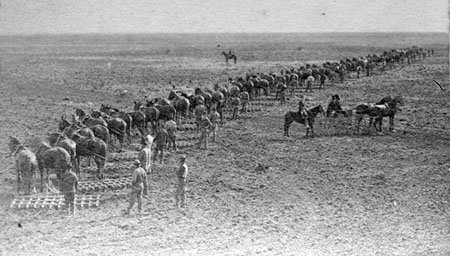
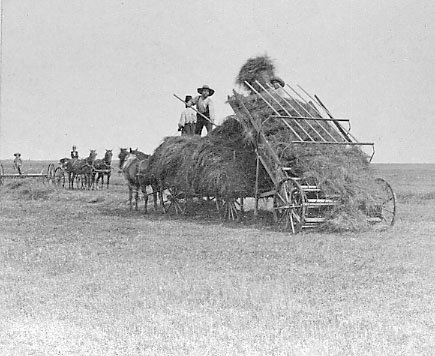
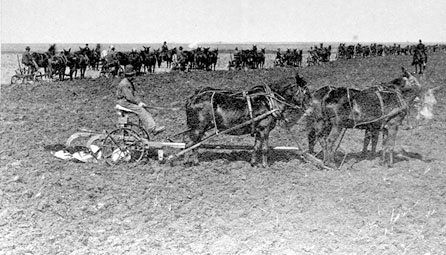
In 1875, John Livingston Grandin went out to the Red River Valley of the Dakota Territory to inspect this land, located north of Fargo. During his inspection, he learned that the rich soil was ideal for growing wheat. He surveyed two townships and submitted the survey to the Department of Interior. The Grandin Brothers then purchased 26,000 acres of government land using their Railroad Bonds. They also bought an additional 2,560 acres of government land at a discount, by promising the U.S. Government that they would put aside land to develop a town, today known as Grandin, North Dakota.



The Grandin Brothers hired Oliver Dalrymple to set up a corporate wheat farm on a large portion of their land. At its height, the Grandin Farms operation grew to encompass 86,000 acres and employed over 400 workers. Their property included 43 sections of land between the Elm and Goose Rivers 30 miles north of Fargo. A second holding of 26 sections of land on the Goose River near Hillsboro. The Mayville Farm was made up of 36 sections of land located further west on the Goose River, and land in Minnesota near the towns of Halstad and Georgetown.
Before the railroads reached their properties in 1888, the Grandins shipped their wheat to Fargo using steamboats and barges on the Red River. They started their steamboat line and built a grain elevator on the railroad to carry the wheat to market. In the early 20th Century as North Dakota began to develop; the Grandins began to sell off their land. The final 3,259 acres were sold by John Livingston Grandin, Jr. in 1920. But the buyer died before the mortgage was unpaid. At that point, the land was repossessed and rented from 1923 to 1934, when it was conveyed to the Grandin Land Trust. The Bonanza farm era in Traill County passed away as additional portions of the farm were sold.
The last Grandin farmland changed hands in 1946.


